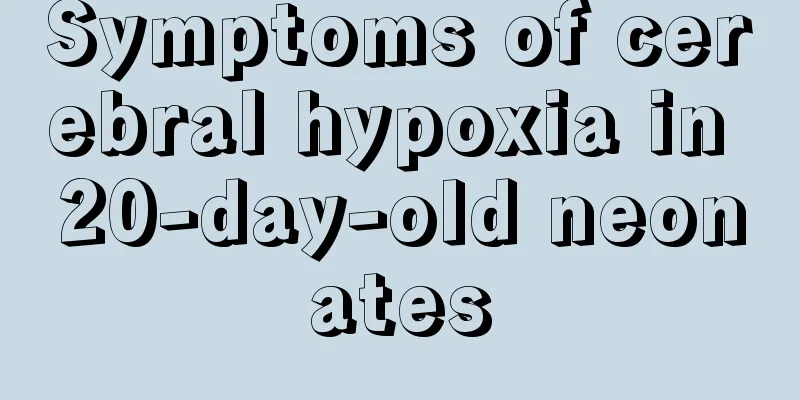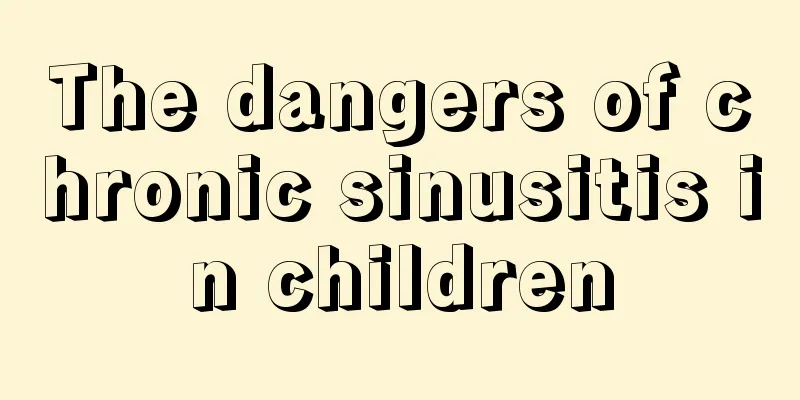Irregular heartbeat in children

|
Arrhythmia is also very common in children. If your child is found to have this reaction during routine examinations, he or she should receive relevant treatment as soon as possible, so that they can get better faster. Otherwise, the frequency of their attacks may become higher and higher, eventually leading to an uncontrollable situation. Therefore, it is necessary to receive treatment in the early stages. electric shock When arrhythmia occurs, if it causes a decrease in cardiac blood transfusion, resulting in shock or quasi-shock, the doctor will use a defibrillator (a medical electric shock device) to shock the patient's chest to restore the heart to normal heartbeat. Pacemaker It is done by placing an electrode wire on the surface of the heart or inside the right ventricle and connecting the other end to a battery (containing a sensor). When the heartbeat slows to a certain degree or stops, the sensor will emit electric waves to stimulate the heart to beat. This is specifically used to treat heart block. Another type of regulator is used when the heart beats too fast, and its effect is like an external electric shock. The battery of the pacemaker is usually placed in the subcutaneous tissue under the clavicle of the chest or in the abdomen. The battery life is more than 10 years. If the power is used up, the battery can be replaced through surgery. Patients with pacemakers should avoid contact with high voltage electricity. Electromagnetic waves are close to each other. When using a mobile phone, avoid placing it close to the battery to avoid affecting the function of the pacemaker. Drug treatment Medication can restore the heartbeat to normal or reduce the frequency of irregular heartbeats, but it can usually only control the condition and not necessarily cure it. Operation After an electrophysiological examination, some arrhythmias can be treated with electrocautery via a cardiac catheter to burn the source of the arrhythmia or the congenital abnormal nerves to achieve a radical cure. WPW syndrome and paroxysmal and supraventricular tachycardia can often be treated with this method, with a success rate of up to 95%. The reason for failure is usually that the abnormal nerve tissue is not completely burned away, or there are abnormalities elsewhere that are not detected during the examination. Radiofrequency ablation Radial artery puncture interventional catheter radiofrequency ablation (RA-interventional catheter radiofrequency ablation) is a minimally invasive method for treating arrhythmia. It finds the path of abnormal electric wave conduction after performing physiological electrophysiological examination, and uses high-frequency current to instantly burn the tissue that conducts abnormal electric waves, thereby eliminating abnormal physiological electrical conduction and achieving the purpose of treating arrhythmia. Experts from the Chinese Cardiac Intervention Center pointed out that after radiofrequency ablation via radial artery puncture, patients need to actively cooperate with doctors in related postoperative care to avoid unnecessary harm. [4] |
<<: Baby's hands and feet are hot but back and neck are cold
>>: Can losing weight help you grow taller?
Recommend
How to prevent low immunity
Many parents are very worried about their childre...
How to treat urinary tract infection in children?
Children are active individuals, but this activit...
What are the symptoms of vitiligo in children
Many people think that vitiligo is an adult disea...
Causes of high white blood cell count in infants
For many babies, their bodies are not fully devel...
What is the cause of deformed hands and feet in newborns?
If a child has deformed hands and feet, it will b...
What to do if the newborn's belly button bleeds
When a child is just born, the umbilical cord has...
What should be the water temperature for a baby's bath?
Bathing is an essential part of taking care of ne...
What to do if your child has red and swollen gums
The gums are the hotbed of our teeth. Without the...
How to prevent and treat children's fever and convulsions?
Children are still very easy to get sick, especia...
2 months old baby
The physical development and many aspects of a tw...
Children's nails are uneven
The surface of the nails looks rough and very une...
What causes ear pain in children?
Some young children have problems with their ears...
Can a seven-month-old baby eat kiwi fruit?
Kiwi fruit has a thin skin on the outside. After ...
How to educate a naughty and disobedient child?
Young children will more or less show naughty beh...
What causes black spots on baby teeth?
Some parents have reported that their children ha...









